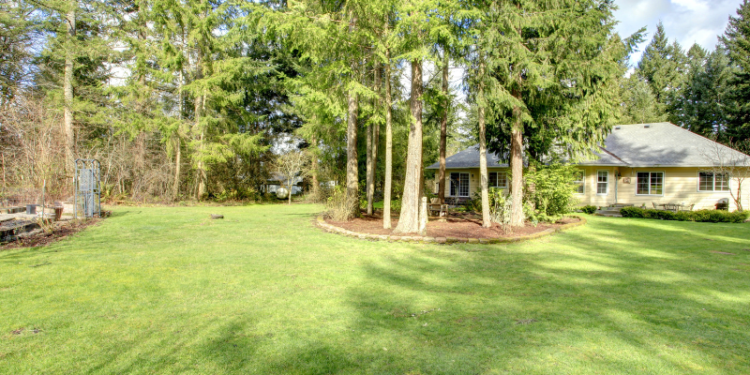What does grading involve in landscaping?
Grading is a fundamental landscaping technique that encompasses the leveling and shaping of the terrain to achieve desired slopes and curves. It requires precision in both design and execution to create outdoor spaces that are not only visually appealing but also practical and environmentally sustainable. This process combines scientific principles with artistic considerations, playing a crucial role in shaping landscapes by controlling water runoff, enhancing accessibility, and preserving plant health. This article delves into the diverse aspects of grading in landscaping, emphasizing its significance in crafting thoughtfully planned outdoor environments.
Management of Surface Drainage
Establishing effective surface drainage is a primary objective in landscaping grading. Insufficient drainage can lead to landscape issues such as erosion, flooding, and water accumulation. Landscape architects strategically shape the terrain to redirect water away from structures and vulnerable areas, preventing unwanted water buildup. The goal is to ensure the landscape can endure rainfall and other water sources while maintaining its structural integrity.
Slope and Contour for Functionality and Aesthetics
Land grading allows for the creation of slopes and contours that serve both practical and aesthetic purposes. Moderate slopes add depth and visual interest to the landscape, while well-defined curves can be used to construct terraced or tiered landscapes with distinctive and eye-catching design elements. These slopes and contours not only enhance visual appeal but also contribute to efficient water management and prevent soil erosion, making the area more practical.
Ensuring Structural and Foundation Stability
The stability of structures and foundations in the landscape relies on proper land grading. By directing water away from foundations, appropriate grading mitigates the risk of soil erosion and associated damage. This is particularly crucial in regions with unpredictable weather patterns, as inadequate water management over time can compromise the structural integrity of buildings. Landscapers play a vital role in ensuring the long-term stability and durability of outdoor structures through careful attention to grading components.
Enhancing Accessibility and Usability
Creating level spaces for various outdoor activities is a key aspect of grading. Whether planning a driveway, patio, or pathway, level ground is essential for ensuring safety and accessibility. Grading helps establish secure and usable surfaces, catering to homeowners looking to maximize their outdoor spaces for leisure, entertainment, and recreational purposes.
Impact on Plant Health and Soil Conditions
Land grading significantly influences the health of plants in the landscape. By controlling soil drainage through topographical shaping, landscapers can prevent waterlogged conditions that lead to root decay and other plant diseases. Proper grading ensures uniform water distribution, creating optimal conditions for the growth of lush lawns, gardens, and other vegetative features in the landscape.
Compliance with Regulations
Landscaping grading is subject to local building codes and regulations. Municipalities often impose strict guidelines to regulate water flow, prevent erosion, and ensure responsible grading practices that do not adversely affect neighboring properties. Adhering to these standards during the design and construction phases is essential to avoid legal issues and promote environmentally conscious landscaping practices.
In Conclusion
In landscaping, land grading is a multifaceted process that considers both functional and aesthetic aspects. It is a crucial step in designing outdoor spaces that are visually appealing, practical, sustainable, and compliant with local regulations. Grading serves as the foundational element of landscape design, molding the land to meet the diverse demands of the environment and its inhabitants, covering everything from surface drainage to foundation stability, accessibility, and erosion control.
Source: https://blogstudiio.com/what-is-grading-in-landscaping-its-significance-and-aspects/


